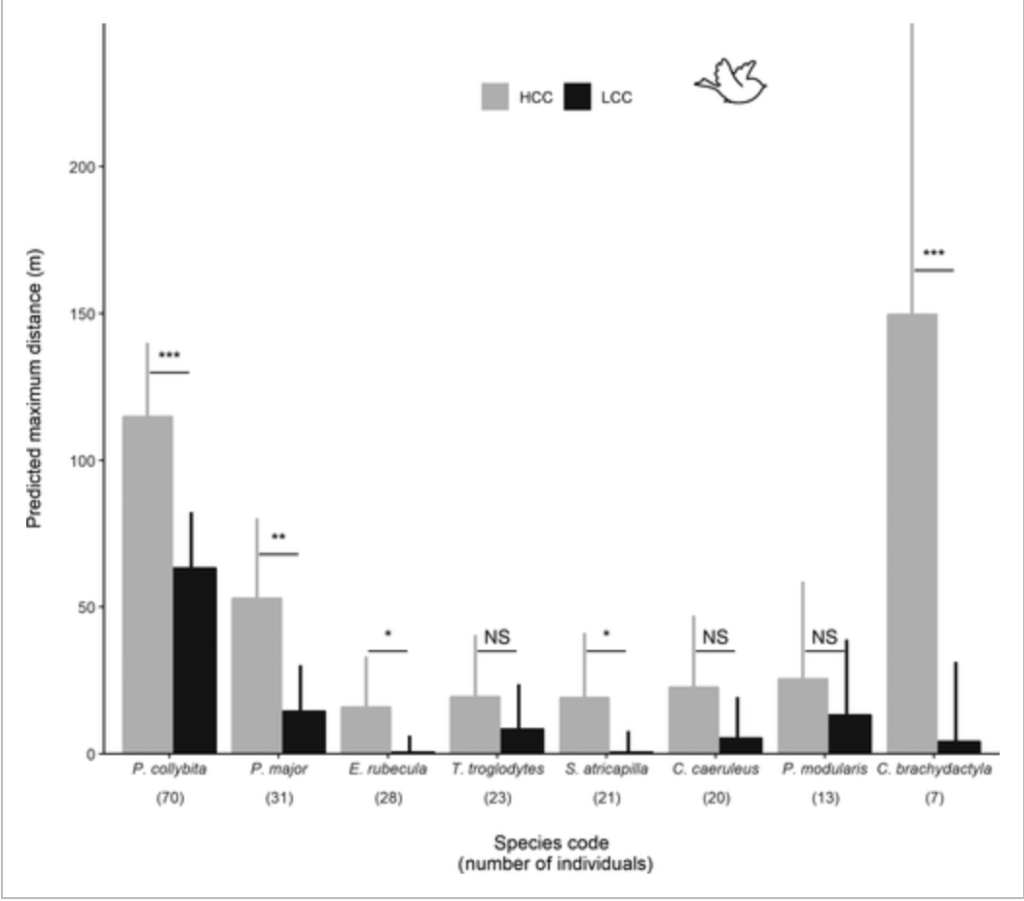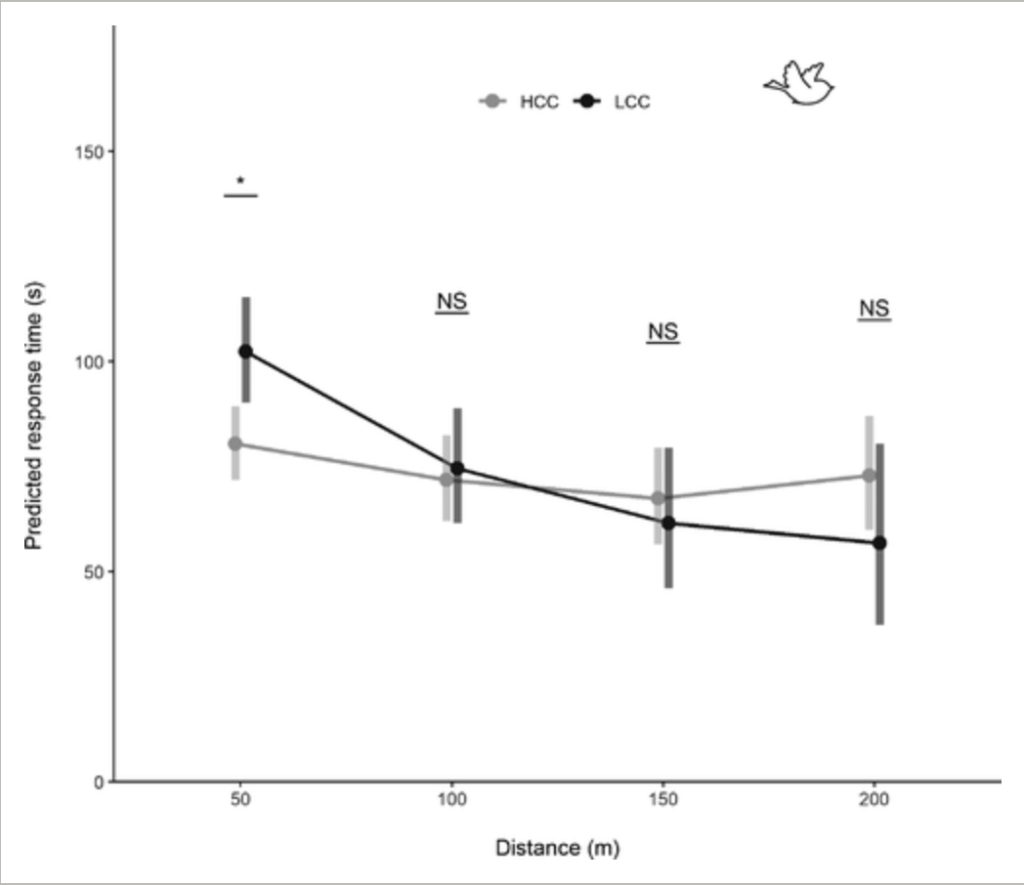Background and Overview
With two-thirds of humanity expected to live in urban areas within the next few decades and cities expanding across the globe, we’re creating entirely new ecosystems. While much attention has been paid to how urbanization affects wildlife abundance and diversity, less is known about how cities influence disease transmission among wildlife populations. This is a critical gap in our knowledge, especially since many wildlife pathogens can also infect humans or threaten already vulnerable animal species.
Cities create dramatic changes in the landscape: more impervious surfaces like roads and buildings, altered microclimates with heat island effects, concentrated human populations, and significantly reduced biodiversity. These changes don’t just affect which animals live in cities—they fundamentally alter how diseases spread among wildlife. Researchers hypothesized that urbanization would influence wildlife–pathogen interactions through several mechanisms: changes in host biodiversity, altered contact rates due to resource provisioning, environmental contamination, and climate modifications.
Methods
Rather than conducting new field experiments, this paper synthesized existing research on wildlife diseases across urban–rural gradients. The authors drew from case studies spanning multiple continents, taxonomic groups, and pathogen types. They examined how urbanization affected three key components of disease transmission: hosts (the animals that carry diseases), pathogens (the disease-causing agents themselves), and vectors (organisms like ticks and mosquitoes that transmit diseases between hosts).
The researchers categorized urbanization effects into several major themes: biodiversity loss and the dilution effect, resource provisioning and host contact rates, pathogen exposure and pollution, and climate-related changes. For each theme, they identified specific host–pathogen systems that illustrated how urban landscapes alter disease dynamics. Examples ranged from Lyme disease in white-footed mice in northeastern United States suburbs to toxoplasmosis in sea otters off the California coast. Urbanization was typically quantified using measures like human population density, impervious surface coverage, and distance from urban centers.
Results
The picture that emerged from this synthesis is complex and sometimes contradictory. Overall, urbanization reduces the abundance of many wildlife parasites simply because it eliminates most wildlife species and their associated pathogens from urban cores. However, for species that do adapt to city life, disease dynamics can intensify in surprising ways.
One of the most interesting findings involves the “dilution effect.” In areas with high biodiversity, disease transmission can actually decrease because vectors like ticks feed on multiple host species that vary in their ability to spread pathogens. In urbanized areas with low host diversity, competent reservoir hosts (like white-footed mice for Lyme disease) can become proportionally more abundant, leading to increased infection rates in both ticks and humans. Similar patterns were found for West Nile virus, where areas with lower bird diversity showed higher infection rates.
Resource provisioning in cities—both intentional, like bird feeders, and accidental, like garbage—creates hotspots where wildlife congregate. This dramatically increases contact rates among animals. Studies of urban raccoons showed that clumped resources led to higher population densities and increased prevalence of raccoon roundworm, particularly among juveniles. Interestingly, the spatial distribution of resources mattered as much as their abundance.
Environmental contamination also played a major role. Urban runoff carrying cat feces led to toxoplasmosis infections in southern sea otters, with infection rates three times higher in areas of maximum freshwater runoff near human population centers. The urban heat island effect extended the activity period of disease-carrying ticks in Stockholm, coinciding with elevated tick-borne encephalitis cases.
Perhaps most concerning for conservation, the researchers found evidence that diseases maintained in abundant urban-adapted species (like gray squirrels or raccoons) can spill over to affect rarer wildlife species. The introduction of gray squirrels carrying a lethal paramyxovirus has contributed significantly to red squirrel declines in the UK, with the effect amplified by food provisioning that increases contact rates between species.
Reflection and Critiques
I find the complexity of these patterns fascinating—urbanization doesn’t simply increase or decrease disease risk; it fundamentally reshapes the entire disease landscape in ways that vary by pathogen, host, and specific urban characteristics. The idea that cities might reduce overall parasite diversity while intensifying transmission among adapted species makes intuitive sense and has important implications for both wildlife conservation and human health.
One strength of this paper is its recognition that multiple mechanisms can work in opposite directions. For example, supplemental feeding increases contact rates (bad for disease spread) but might also improve host nutrition and immunity (good for resisting infection). Similarly, milder urban winters could increase vector survival but might also help infected animals survive that would otherwise die from secondary causes like starvation. I appreciate that the authors don’t oversimplify these relationships.
However, this paper is a review rather than a primary research study, which means it’s limited by the quality and scope of existing research. The authors acknowledge this limitation and call for more experimental and modeling approaches. I would have liked to see more discussion of publication bias—are researchers more likely to publish and report cases where urbanization does affect disease dynamics, potentially skewing our understanding?
I also think the paper could have explored socioeconomic dimensions more deeply. They mention briefly that higher family incomes predict greater plant diversity in Phoenix, but urban ecology involves enormous variation in resource availability, green space access, and environmental quality across different neighborhoods. Disease risks probably vary significantly within cities based on these factors, not just across the urban-rural gradient.
The suggestion that urban planning could be used as a disease management tool is intriguing but feels underdeveloped. How realistic is it to design cities that maintain high biodiversity while supporting dense human populations? What would that actually look like in practice? This seems like an area ripe for future research, especially as cities continue to grow.
Overall, this paper does an excellent job of synthesizing a complex and emerging field. It raises as many questions as it answers, which is exactly what a good review should do. As someone interested in conservation, I’m left wondering how we can better protect vulnerable wildlife species from disease spillover while managing the very real urban-adapted reservoir hosts that sustain these pathogens. The intersection of urban planning, wildlife management, and public health will only become more important as urbanization continues its rapid global expansion.
Bradley, C. A., & Altizer, S. (2007). Urbanization and the ecology of wildlife diseases. Trends in Ecology & Evolution, 22(2), 95-102.









